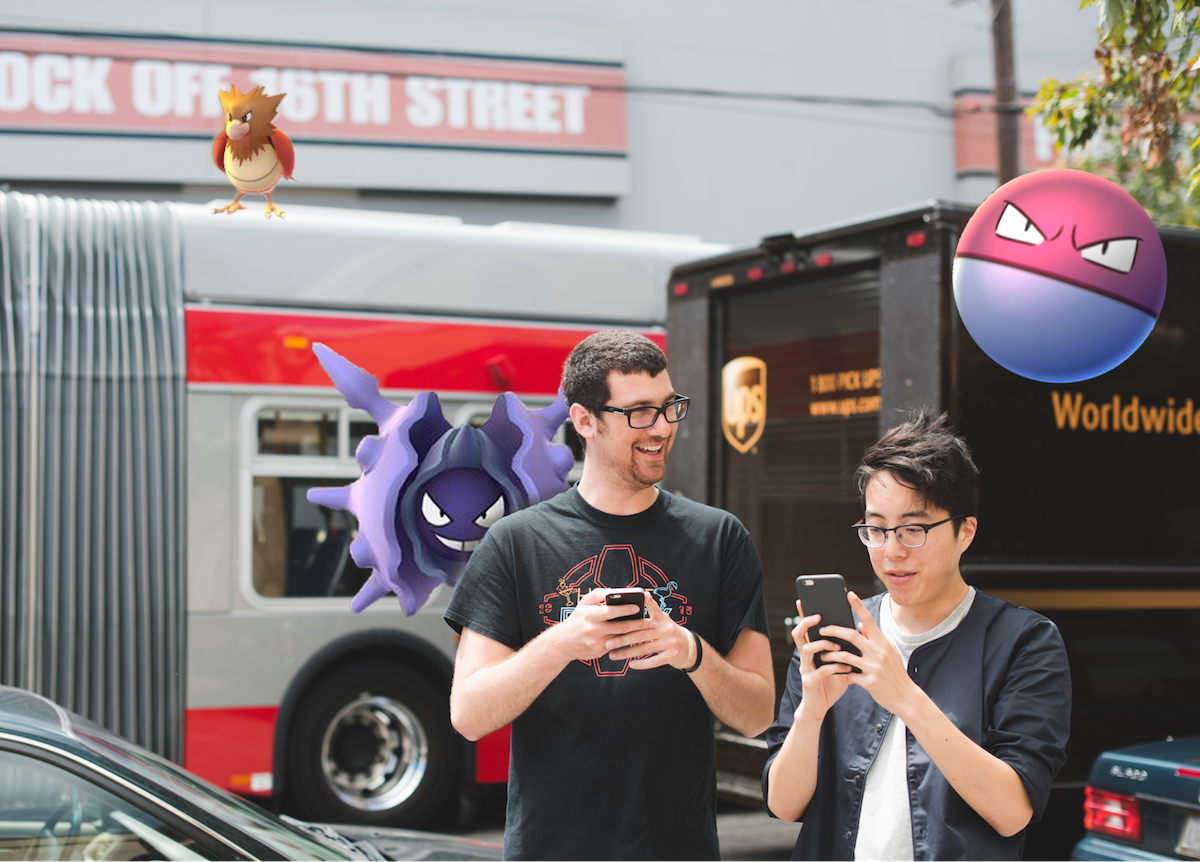Pokémon Go launched in the U.S. on July 17, and it has already become a cultural phenomenon. Developed by Niantic, it’s now the most-downloaded game in U.S. history. Three days after its release, it was on over 5 percent of all Android phones in the U.S.
It seems like everyone is playing the game.

Unlock premium content and VIP community perks with GB M A X!
Join now to enjoy our free and premium membership perks.
![]()

![]()